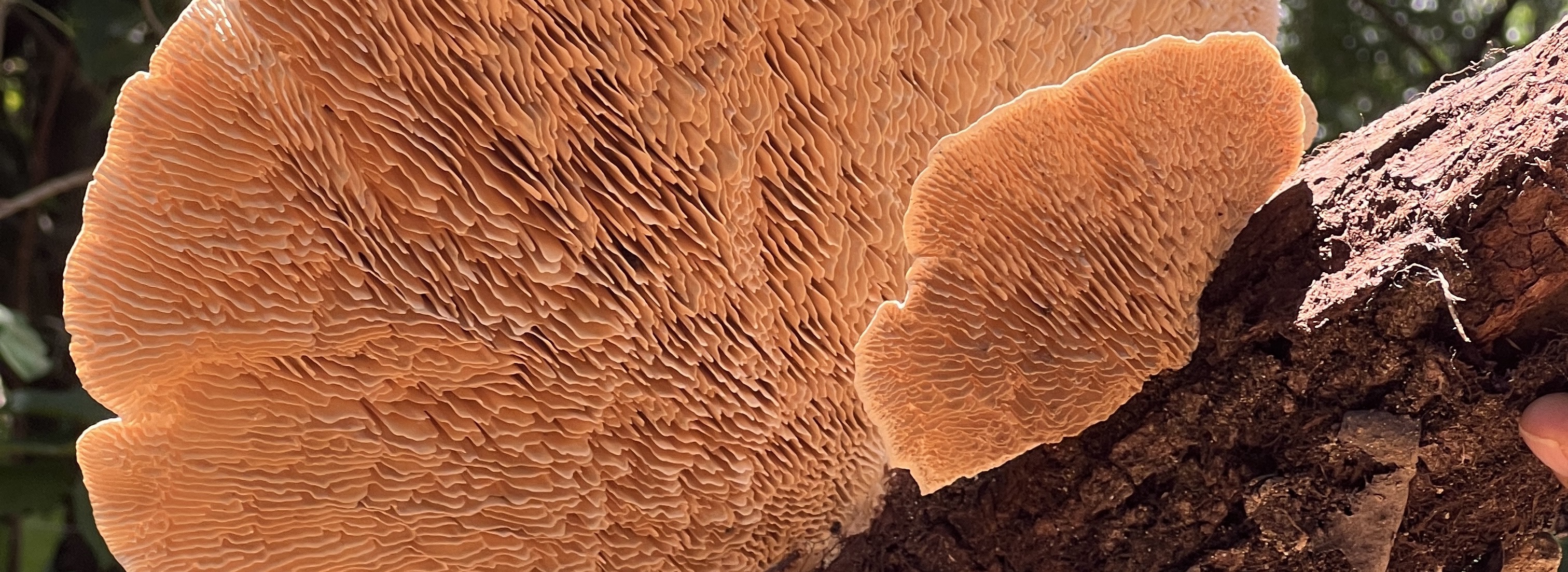
Monteverde Institute: Tropical Ecology and Conservation
Alternative Title
La frecuencia de llovizna y aparición de la mariposa de la crisálida: Implicaciones para el cambio del clima tropical del bosque nuboso
Files
Download Full Text (512 KB)
Publication Date
May 2011
Abstract
The cloud bank in Monteverde, Costa Rica is rising due to global warming. This is causing fewer misty days and is impacting the habitats of local organisms. Butterflies have been shown to be negatively impacted by moisture in terms of livelihood. Heliconius charithonia, a butterfly species occurring from 0-1200 meters, and Heliconius hecale zuleika, occurring from 0-1700 meters, were exposed to intermittent (five minutes mist, five minutes dry over the course of the day) and intense mist conditions (10 hours of constant mist a day) to measure the effect of mist on survivorship, days to eclosion, and development (in terms of mass, wing length, and wing quality). As the climate of Monteverde becomes dryer, these butterflies may move up in elevation to take advantage of the dry conditions. Intermittent mist had no effect on survival or days to eclosion. Twenty butterflies eclosed from the intermittent mist tank and 27 from the dry. In dry conditions, 88% (n=17) of H. charithonia survived while 71% (n=17) of H. hecale zuleika. Ten of each species survived in the misted environment, therefore 59% (n=17) survival for both. The intermittent mist did significantly decrease wing quality, wing length, and mass for H. charithonia, but not for H. hecale zuleika. For wing length of H. charithonia, the average length was 4.19 +/- 0.16 cm in the dry and 3.53 +/- 0.2 cm in the wet. The masses of H. charithonia were nearly significantly different between the two climates; in the dry tank their mass was 0.19 +/- 0.02 g and in the wet was 0.15 +/- 0.02 g. H. charithonia may not be as well adapted to mist as H. hecale zuleika, since H. charithonia showed decreased development. Constant mist killed most of butterflies and caused the eclosion rates of those that did eclose to increase. A total of seven butterflies eclosed from the constant mist and 29 from the dry. In the dry tank, H. charithonia had 79% (n=17) of the butterflies survive; H. hecale zuleika had 93% (n=17). In the wet tank, 30% (n=17) of the H. charithonia survived and 7% (n=17) of the H. hecale zuleika. In the dry tank, the average days to eclosion was 8.6 +/- 0.5, almost 3 days less than those in the wet tank, 11.8 +/- 0.49; Constant mist was not shown to affect development, but probably because of the low number of butterflies that eclosed. Overall, as the mist recedes and the number of dry days increases, the conditions improve for these butterflies to move up in elevation. H. charithonia may move up to Monteverde for breeding and living, also, H. hecale zuleika may increase their breeding and time in Monteverde.
Resumen
El banco de nubes en Monteverde, Costa Rica está subiendo debido al calentamiento global. Esto está causando menos días nubosos y está impactando el hábitat de organismos locales. Las mariposas han mostrado un impacto negativo por la humedad en términos de sobrevivencia. Heliconius charithonia es una mariposa que se encuentra entre los 0-1200 metros y Heliconius hecalezuleika se encuentra entre los 0-1700 metros, fueron expuestos a niebla intermitente (5 minutos con niebla, 5 minutos en lo seco) y en condiciones intensas (10 horas constantes de niebla durante el día) para medir el efecto de la sobrevivencia, días para eclosionar y desarrollar (en términos de masa, largo del ala y calidad del ala).A medida que el clima de Monteverde se convierta más seco, estas mariposas pueden ascender a mayores elevaciones para aprovechar las condiciones secas. La neblina intermitente no tiene efecto alguno en la sobrevivencia o días en eclosionar. 20 mariposas eclosionaron de la niebla intermitente y 27 del ambiente seco. En condiciones secas, 88% (n=17) de H. charithonia sobrevivieron mientras que en un 71% (n=17) los de H. hecale zuleika. Diez de cada especie sobrevivió en el ambiente con niebla constante. La niebla intermitente disminuyo significativamente la calidad de las alas, el tamaño del ala y la masa para H. charitona pero no para H. hecalezuleik. La masa de H. charitona fue diferente entre los dos ambientes, en el tanque seco la masa fue de 0.19 +/- 0.02 g y en el húmedo fue de 0.15 +/- 0.02 g. H. charithonia puede estar no tan bien adaptada a la niebla como la otra especie ya que demuestra una disminución en el desarrollo. Un total de siete mariposas eclosionaron de la niebla constante y 29 del seco. En el tanque seco H. charithonia tiene un 79% de sobrevivencia (N=17) y H. hecalezuleika un 93% (N=17). En el tanque húmedo un 30% (N= 17) de H. charithonia sobrevivió y en un 7% (N=17) de H. hecalezuleika. En el tanque seco el promedio de días de eclosión fue de 8.6 +/- 0.5, casi 3 días más que en el tanque húmedo 11.8 +/- 0.49. La niebla constante no muestra un efecto en el desarrollo pero probablemente debido al número bajo de mariposas que eclosionaron. Sobre todo, al aumentar el número de días secos, las condiciones se prestan para que estas mariposas se muevan a elevaciones mayores, H. charithonia puede moverse a Monteverde para reproducirse y vivir, además H. hecalezuleika puede aumentar su reproducción y tiempo en Monteverde.
Keywords
Butterflies, Climatic changes, CIEE Spring 2011
Palabras claves
Mariposas, Cambios climáticos, CIEE Primavera 2011
Extent
14 pages
Geographic Location
San Luis (Puntarenas, Costa Rica)
Holding Location
Monteverde Institute
Language
English; Spanish
Media Type
Articles
Format
Digital Only
Identifier
M39-00244
Type
Book
Recommended Citation
Davies, Lindsay, "Mist frequency and butterfly emergence from the chrysalis: Implications for tropical cloud forest climate change, May 2011" (2011). Monteverde Institute: Tropical Ecology and Conservation. 336.
https://digitalcommons.usf.edu/tropical_ecology/336


